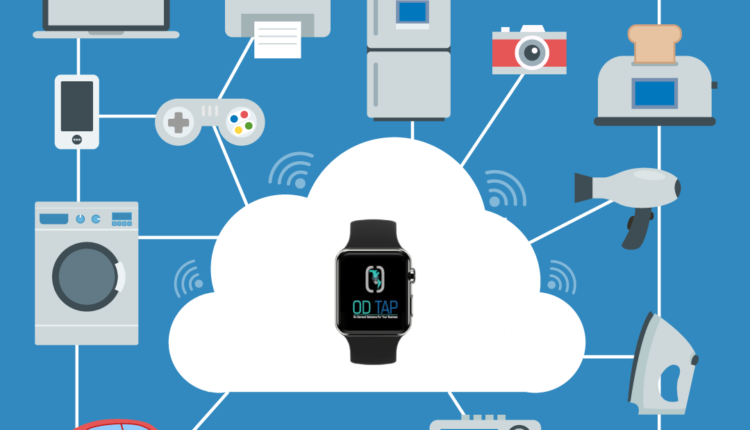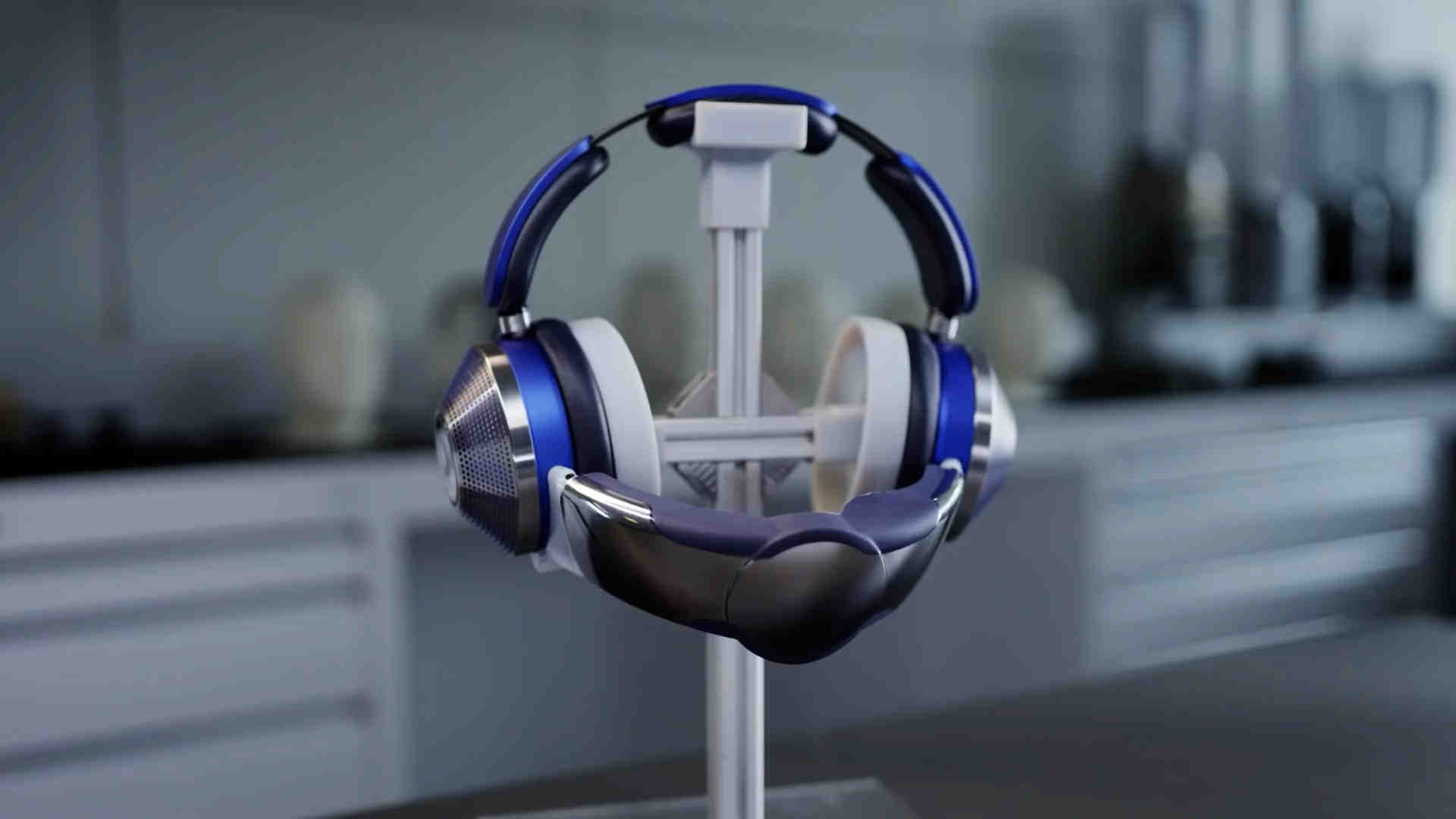What problems do wearable technology solve?
What was the first wearable technology?
Contents
- 1 What was the first wearable technology?
- 2 What are 3 positives and 3 negatives of wearable technology?
- 3 Would wearable technology be worth investing in the Philippines Why or why not?
- 4 How has wearable technology changed the fashion industry?
The first portable technology dates back to the 13th century, when glasses were invented by Salvino D’Armati, an Italian from Florence. To see also : What are the advantages and disadvantages of wearable technology?.
Who started portable devices? the 1960’s. In 1961, Edward Thorp and Claude Shannon created their own version of portable technology – a computer small enough to fit in a shoe.
What are the 2 wearable devices?
Common examples of portable technology include the following: On the same subject : Wearable technology.
- Smart jewelry. This can include smart rings, bracelets, watches and pins. …
- Body-mounted sensors. …
- Training trackers. …
- Smart clothes. …
- Augmented reality (AR) headset. …
- VR headset. …
- AI hearing aids.
What is the most common wearable device?
The most successful portable devices on the market right now are smartwatches and health and fitness trackers, with the relative newcomers taking over as the most dominant category.
How many wearable devices are there?
The number of connected portable devices worldwide has more than doubled in three years, increasing from 325 million in 2016 to 722 million in 2019. The number of devices is forecast to reach more than one billion by 2022.
Which was the first stage wearable technology that was introduced in 1980?
For another 300 years we saw the rise of the first laptops, calculators and music devices. See the article : What are the Top 5 wearable technologies today?. Listening to music while walking has only existed for the last 30 years! The hearing aid came into stores in the 1980s and created the first bionic humans.
What is the most common wearable technology?
The most successful portable devices on the market right now are smartwatches and health and fitness trackers, with the relative newcomers taking over as the most dominant category.
What are 3 positives and 3 negatives of wearable technology?
Pros and Cons of Wearable Tech
- Pro: Portable technology is convenient.
- Con: Wearable Tech is limited.
- Pro: The most portable technology is discreet.
- Disadvantages: Some portable technologies are not discreet.
- Pro: Portable technology is useful.
- Con: Wearable Tech is expensive.
What are the disadvantages of portable technology? The disadvantages of portable technology Technical difficulties, poor data quality, poor design or outdated design of the device are just some of the disadvantages of portable technology.
What are the advantages of using wearable technology?
Portable technology allows us to monitor our fitness levels, track our position with GPS and see text messages faster. Best of all, most of the devices that allow us to do this are hands-free and portable, which eliminates the need to take our devices out of your pocket.
What are the disadvantages or problems of using wearable devices?
Technical difficulties, poor data quality, poor design or outdated device design are just some of the disadvantages of portable technology. Design and technical difficulties go hand in hand. According to Napier’s report, there is often a problem with waterproofing design.
What are the benefits of using wearable activity monitors and devices?
They help you become more aware of your current exercise, sleep and eating habits. Greater awareness of your habits can help you identify patterns of behavior. With this knowledge, it is easier to create health goals. In addition, activity meters provide fun social outlets where you can share successes and challenge friends.
Would wearable technology be worth investing in the Philippines Why or why not?
In the recent survey conducted by Rakuten Insight in the Philippines, 50 percent of respondents said that the main reason for not buying a portable technology product was the cost, while a minority of respondents said that they do not look good.
Why is portable technology the future? Future wearables can be more hidden by adding a thin film inside your favorite jewelry to measure biometric data, activity levels and even let you know when you’ve typed too long on a keyboard. Personalized. From wedding rings to Invisalign, items worn on the body 24-7 are a personal thing.
What are the benefits of wearable technology?
Portable technology allows us to monitor our fitness levels, track our position with GPS and see text messages faster. Best of all, most of the devices that allow us to do this are hands-free and portable, which eliminates the need to take our devices out of your pocket.
Why is wearable technology useful?
Portable technology keeps us safer When people are constantly looking at their devices while on the go, things can get dangerous, such as when walking or driving. Instead, devices like Bluetooth headsets allow you to talk on the phone hands-free while still focusing on the tasks in front of you.
What are the benefits of health wearables?
The benefits of portable healthcare technologies Reduction in healthcare costs – the provision of more remote healthcare services and tailor-made diagnoses and treatment plans have the obvious potential to reduce the costs associated with the traditional healthcare model.
How has wearable technology changed the fashion industry?
Style Safety Customizing clothes and jewelry with tiny GPS devices can help parents keep track of where their children are. If all clothes had this built-in technology, people who are missing can be found faster. Trackers sewn into clothing can mean that faster help can come to those in an emergency.
Is there a difference between e-textiles and portable technology? The difference is that portable technology is connected to you or your smartphone, and provides feedback through sensors. Electronic textiles (E-textiles) and smart garments are underpinned by portable technology. They fall into the category of clothing.
What is wearable technology in fashion?
Portable technology refers to clothing and footwear that incorporate advanced electronic and computer technology for the fashion industry. These types of garments are sometimes often called “smart / intelligent textiles and clothing”, “smart / intelligent fashion” or simply “wearables”.
What is wearable technology and give 2 examples?
Modern portable technology falls under a wide range of usability, including smartwatches, training trackers such as Fitbit Charge, VR headsets, smart jewelry, network-activated glasses and Bluetooth headsets. Wearables work differently, based on the category they belong to, such as health, fitness or entertainment.
What is wearable clothing technology?
What is portable technology? Portable technology is a general term used to describe electronic devices (popularly known as “wearables”) such as smartwatches, rings, glasses, accessories, sensors embedded in shoes and clothing, and even tattooed on the skin or implanted in the user’s body.
What is one example of wearable technology in the fashion industry?
BEARABLES IN FASHION Paired clothing, smart clothing, E-textiles, digital textiles, or even fashionable wearables are terms used to describe garments and accessories that combine aesthetics and style with functional technology.
What is the most common wearable technology?
The most successful portable devices on the market right now are smartwatches and health and fitness trackers, with the relative newcomers taking over as the most dominant category.
How can wearable technology apply to the design of clothes?
Portable innovation proposes dress and footwear that consolidate advances in electronics and processing for the design industry. Such garments are sometimes called smart and intelligent textiles and clothes, or really “wearables”.



Comments are closed.